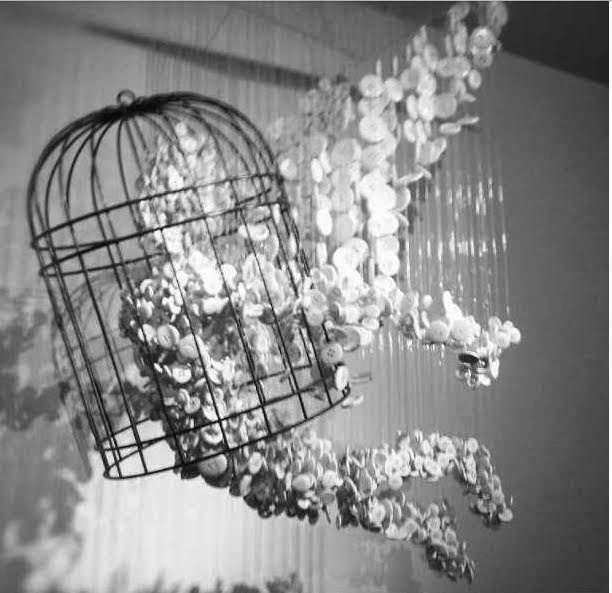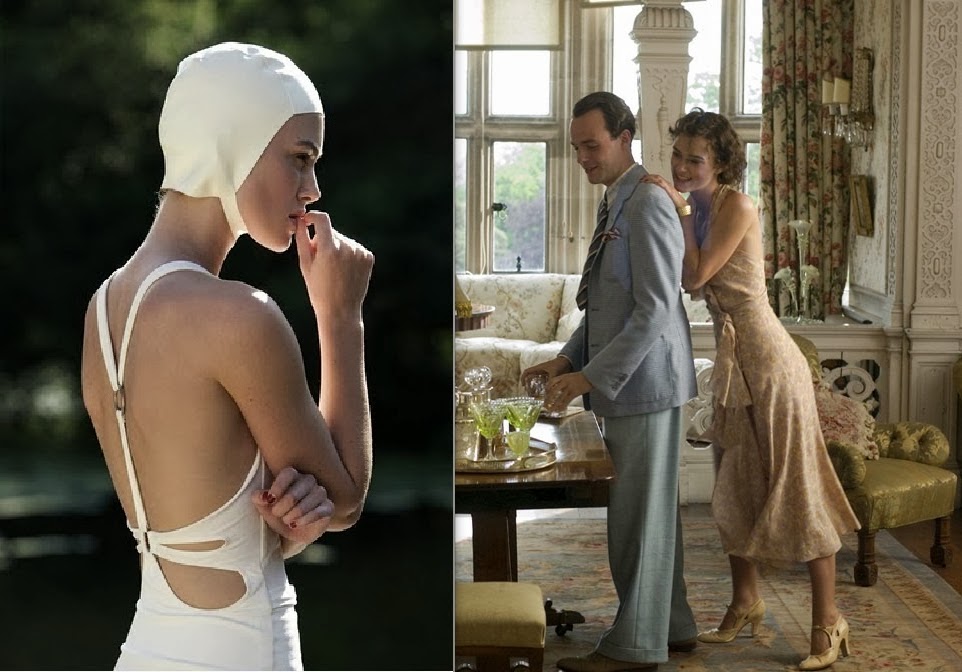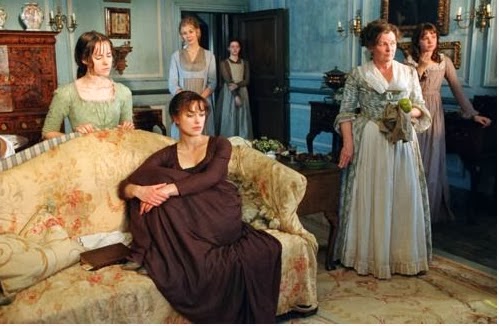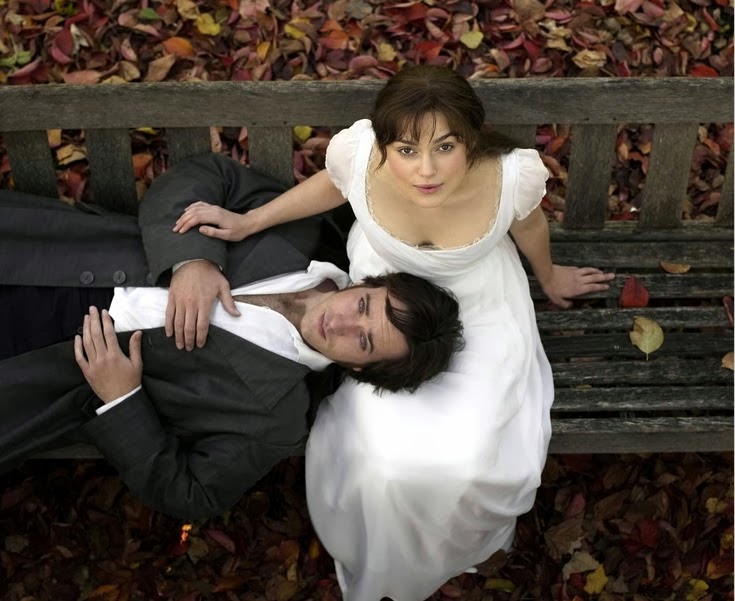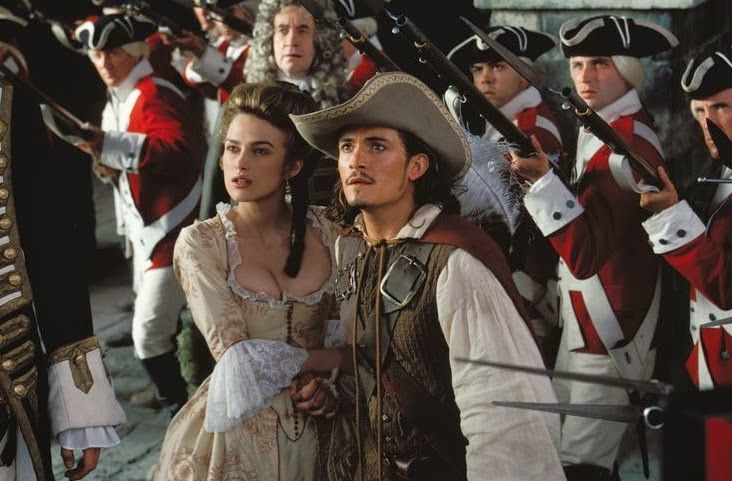When you think of a Disney animated film, spectacular costume design might not be the first thought that crosses your mind, but all that has changed with the recent release of Frozen. The costumes of the main characters capture a true sense of depth and believability that is absolutely remarkable for the genre. Frozen Art Director Mike Giaimo describes the film as “the most elaborate costume-animated CG film to date.”
Giaimo brought on designer Jean Gillmore to help him create the look he was after, which he describes as both “sumptuous” and “iconic.” I had to share this amazing interview from Tyranny of Style about the process of designing costumes for animation.
Tyranny of Style: Can you tell us a little bit about the difference between character and costume design for animation, how it has evolved over the years, and how you found yourself in this niche?
Jean Gillmore: “‘Traditional’ animation did indeed handle the character costume design as an integral part of the cartoon graphic, and no distinction was made. In hand-drawn animation (2-D, or traditional), all sorts of cheats, morphing and distortions happen accidentally and are excused as part of the charm of the original moving art. But with CG (computer-generated) animation, because all of it is built /manipulated in the computer, the costume has to have more logic to it - seem more real, or it becomes a distraction to the acting of the virtual character. If not properly designed, textured, rigged and animated, the garments have a plastic quality, like everything is made of rubber or plastic, and sometimes even of the same material as the character themselves! This is not acceptable to the human eye/brain, and a disconnect happens. This is the quality that has SO improved over the years to create a much more believable result on screen, regardless of the studio producing.

I never set out to be a costume designer for animation (I was known as a character designer for my first 10 years), but I always had a love and interest in historical/ethnic costume, so animation was just another arena in which to play. Over time, and not with my pushing for it, studio colleagues began to think of me as the costume person, so I was often handed the task of researching the period/place for details. Hey, my pleasure!! Fascinating for me to discover all the obscure (to animation) details about garment construction, shapes, details and particulars. It was paid detective work for me, and I still love it. And of course, then you have that knowledge forever. On top of my animation career, I used to like to design and sew event costumes to wear on the side, so that too had taught me a lot about construction and materials. Guess it was fate.”
T/S: Can you speak specifically to your role on Frozen as it relates to costume design and a snapshot of the design process?
JG: “I was brought onto the project early (after the story had been kicked around for a year or two), by special request of the Art Director, Mike Giaimo, who was both a previous Art Director (on Disney’s animated 2D picture, “Pocahontas”) and a personal friend. He knew for years of my interest in historic costume (we ran into each other at a vintage clothing show, reigniting our friendship after years), and thought I’d be the perfect person to collaborate with on this, his ultimate Disney fairytale vision. This was his first CG picture; interpreting his strong graphic sense and mastery of the 2D realm would take someone able to keep the integrity of his vision, while evolving it to work in the practical physicality of the 3D (virtual) world. This is where my costuming experience and brief background in consumer products paid off. No, this was not a titled position for me on this picture--- you’ll find me lumped in with the other Visual Development artist credits--- but I was brought on to do this very specific thing with Mike, to help make his vision reality, through costuming.”

T/S: Animation seems to lend itself more to a stylized or loose approach to "historic" costume design- can you speak a little to the discussion of period, research of historic clothing, and the process for translating that for animation?
JG: “Traditional or hand-drawn animation is/was always about the ease and fluidity of drawing movement, about graphic viability and strength--- hence, the caricature and simplification of styles and periods. Merely a general sense of a period was and is used to roughly place the viewer in the appropriate time. Most of these scenarios are fantasy, remember, not striving for historical accuracy. After all, nobody really cared about the clothing; it was always about the character and what happened to them in the story. Costume, then, was strictly about entertainment, enhancing the character’s readability and personality. Still is, really. But 3D/CG animation has gradually made available- indeed, Frozen demanded it- a level of detail untried before. Standard budget and time constraints did provoke discussions about whether the level of detail desired would be worthwhile pursuing, but a very strong and technically creative tech team jumped on the challenge. Perseverance and capability have created stunning results.”

T/S: Along that same line- quality of animation has really been improving for years and Frozen is no exception. Was there a team or process in place to provide physical samples of real fabric, trims, and embellishment techniques to the animators to aid in capturing the real world quality of the costumes?


JG: “There is a growing awareness in animation (overlapping into live-action CG animation) that clothing on animated characters can no longer merely be part of the graphically-silhouetted character itself, morphing and being “cheated” with the drawn line of traditional animation. Technology has now, for realism when context demands, necessitated treating clothing as almost a separate entity with its own properties and behaviours. ‘Look Development’ creates the digitally painted simulation of the appearance of surfaces; other departments deal with movement, anchoring (rigging) and weight/thickness/lighting of textile animation. Disney has a growing library of fabric types and samples, which Mike and I, in the course of the production, ran around madly supplementing with a myriad of real-world samples, supplying all the various departments what they needed to proceed. Many of our samples came from the Disney Parks costume division in Fullerton, California, where we got further education and recommendations. This collaboration translated directly to the walk-around costume interpretations for Disney’s Theme Parks, when that time came. It really helps when a studio has those kind of extensive resources!


This is truly a fascinating time for animation, and I believe Disney has set the bar quite high for films to come. I look forward to seeing more of this level of detail in animated costumes, and an increased role for designers of Gillmore’s caliber (one that possibly even involves a title!) to help elevate the field. Thank you to Jean for her time and expert insights. If you haven’t seen Frozen, make sure to catch it while it is still in theatres!
